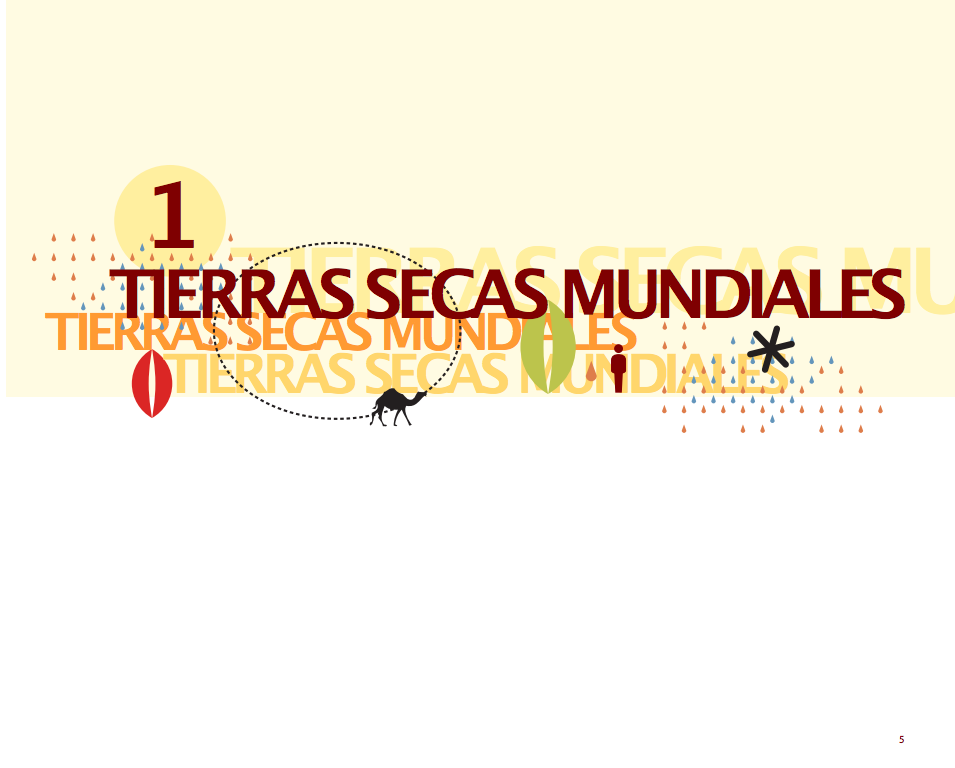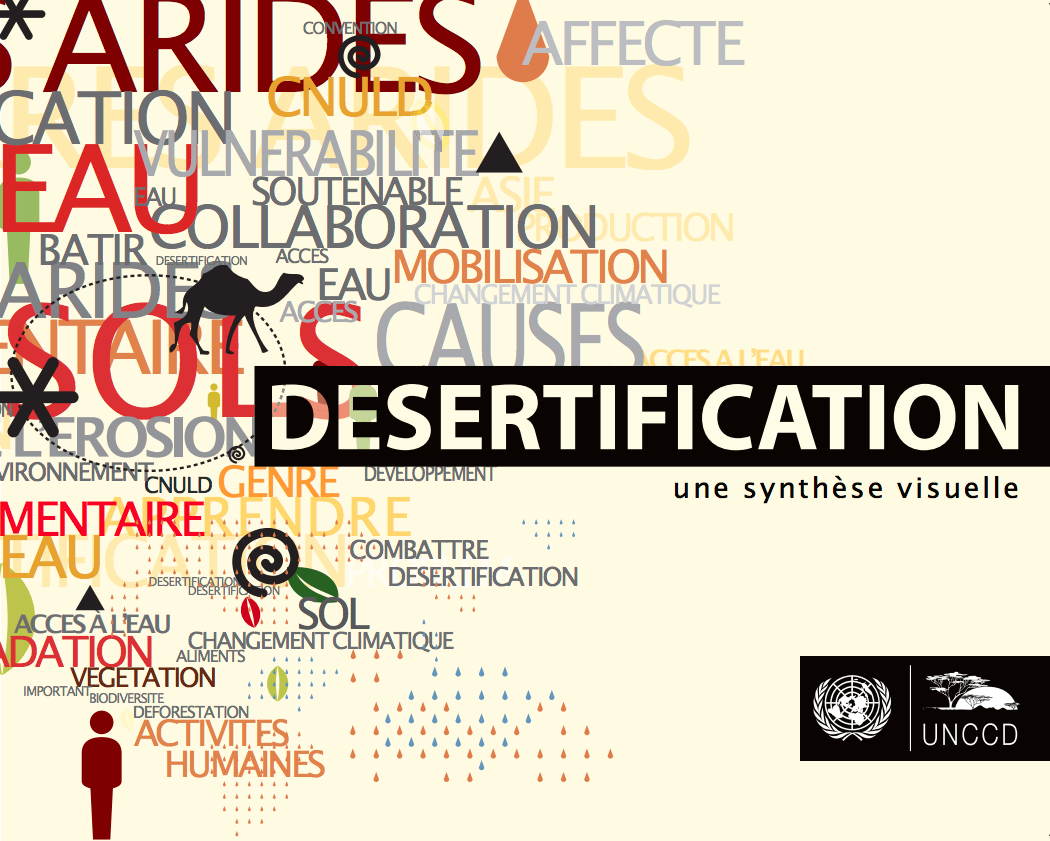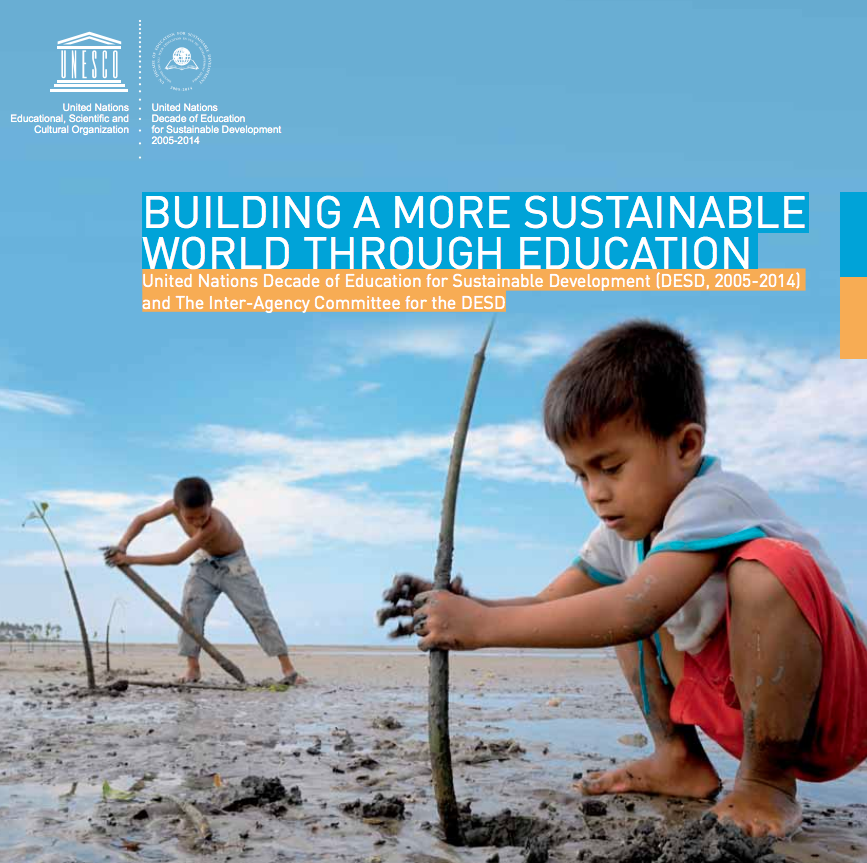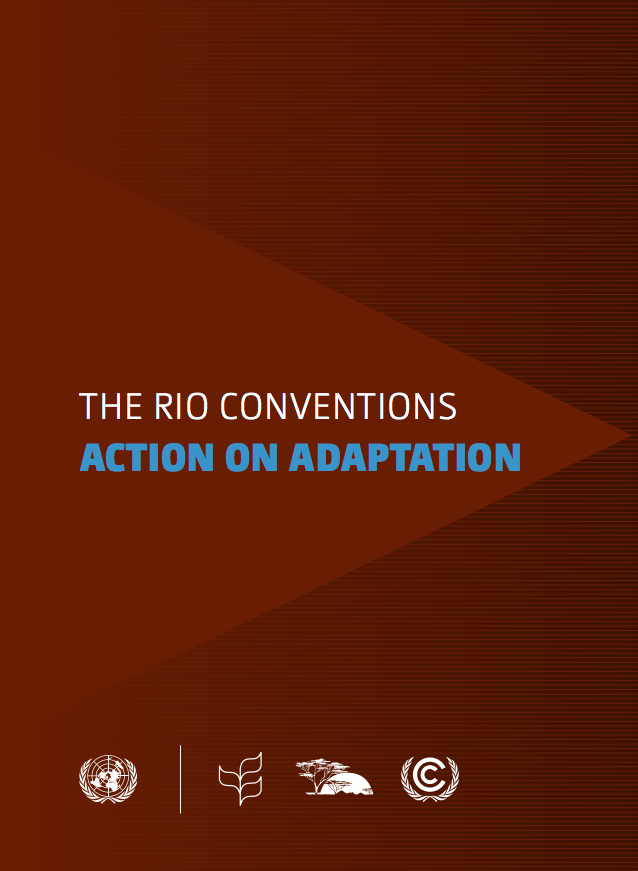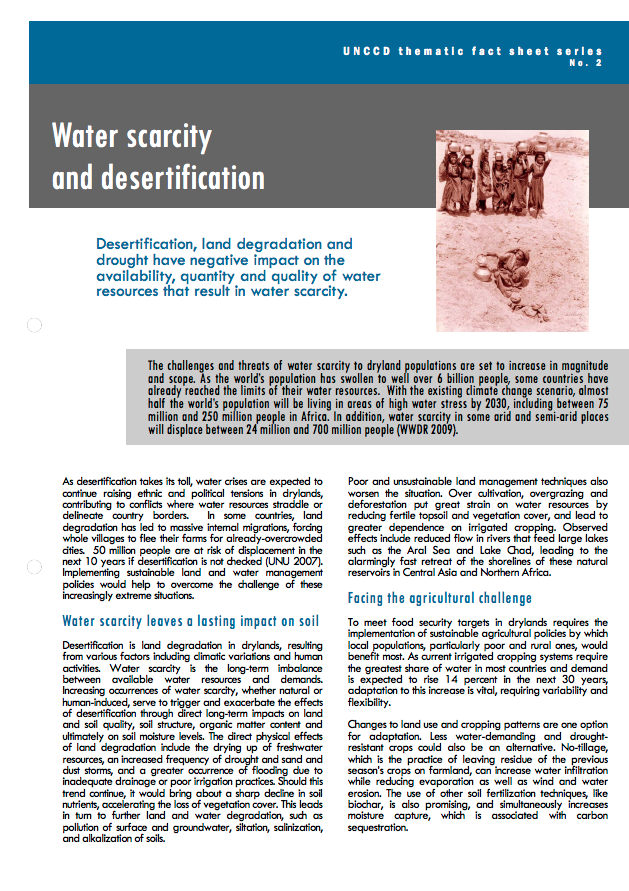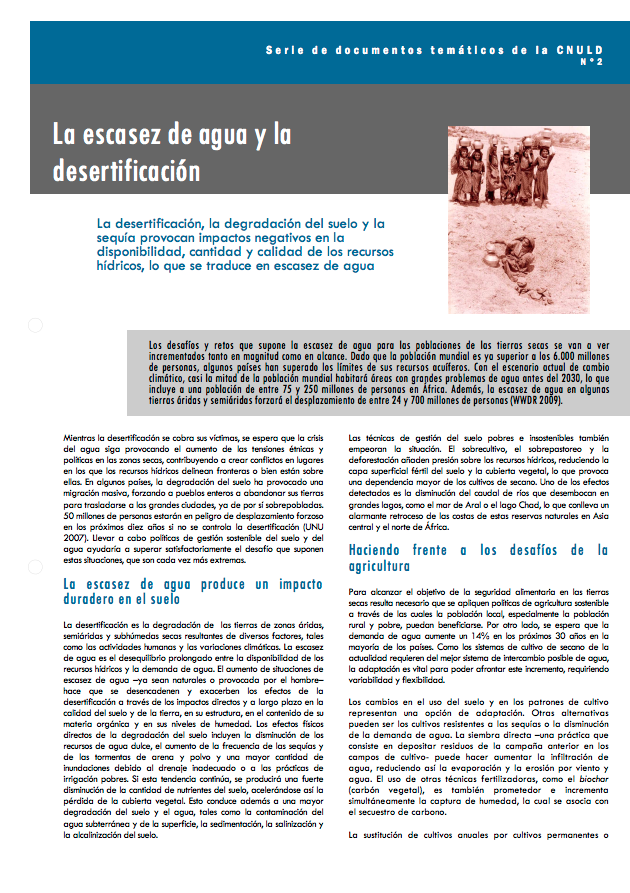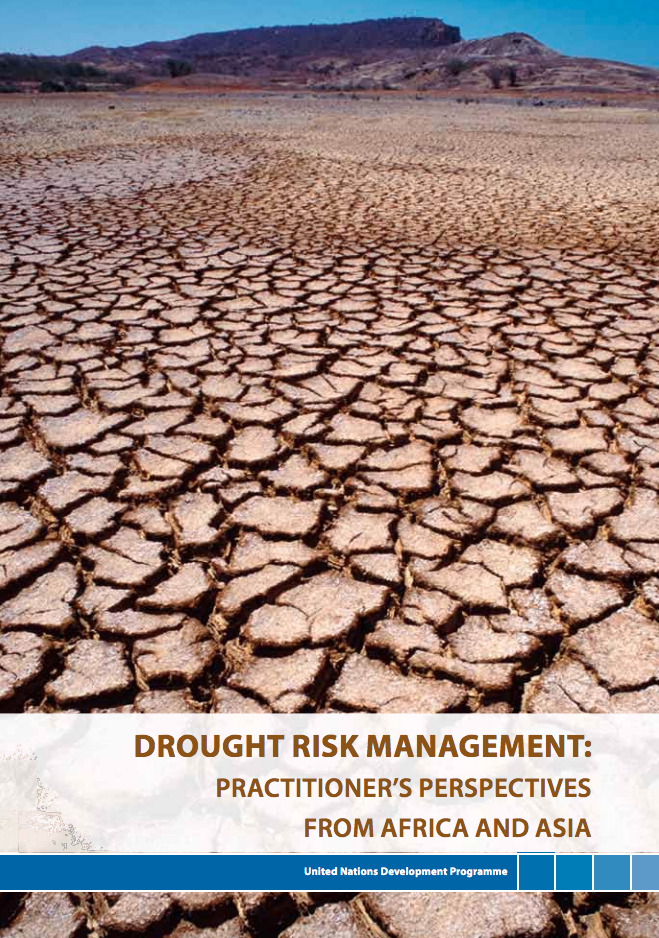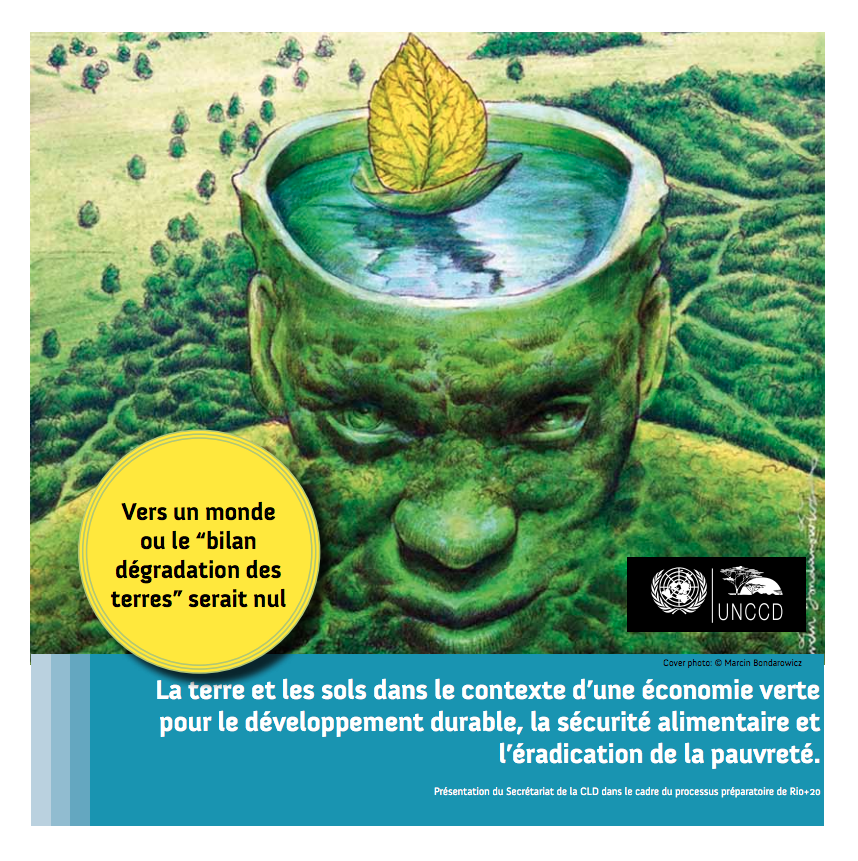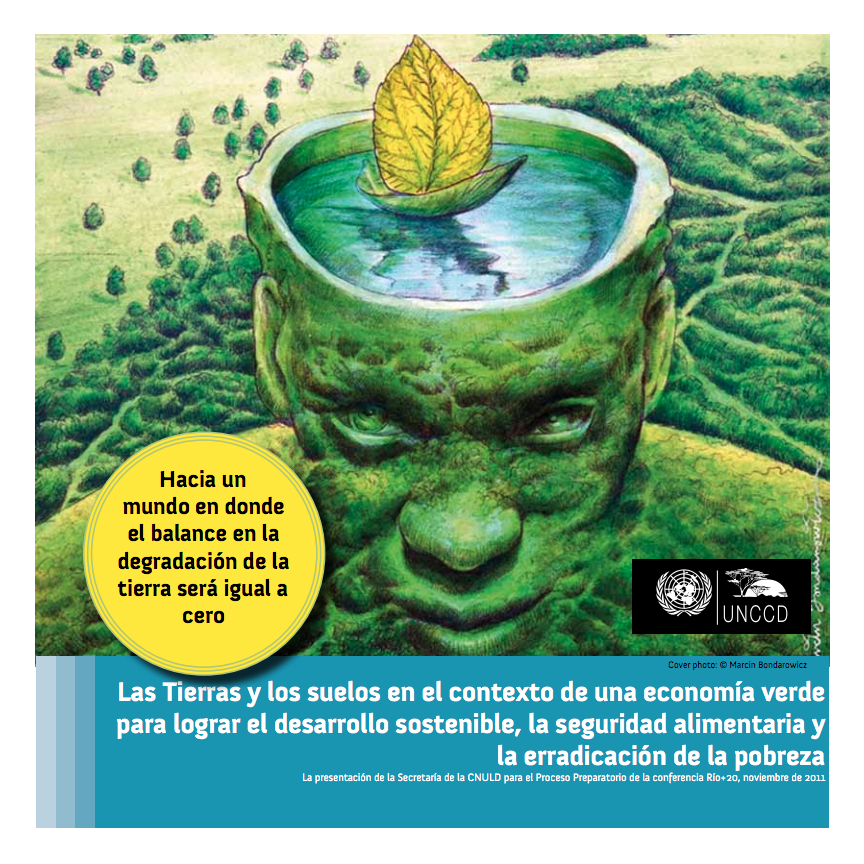Desertificación: una síntesis visual
Este libro tiene como objetivo ser un manual informativo en el que se cuenta “la historia” de la desertificación, la degradación de las tierras y la sequía a escala global acompañado por una completa serie de gráficos. Este libro muestra tendencias que han tenido lugar a lo largo de las últimas décadas, combinando y conectando temas y presentando prioridades.

